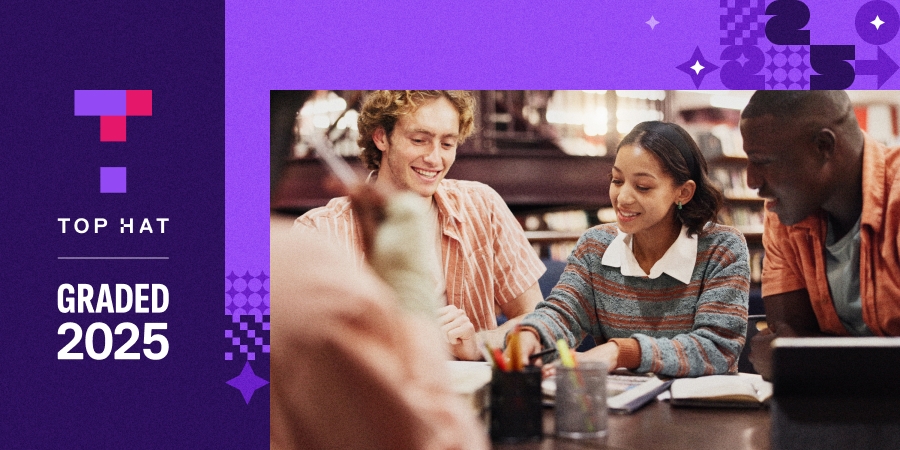The last year and a half of remote learning has caused many students to question the value of the college degree they’re working towards. Even before COVID-19 shut down campuses across the country, student expectations for higher ed were rapidly evolving. Just one reason for this? Many employers no longer require a degree, favoring the likes of skill assessment and candidate potential.1
Over the last 18 months specifically, students have perceived learning loss largely due to the nature of their online learning experience. Concerns around mental health and finances haven’t helped, either. But all hope isn’t lost. Enter the power of iterative, constant signals and insights—or ‘small data’—which help establish the right conditions for students to receive and perceive meaningful value from their college investment.
How institutions can take advantage of real-time signals and insights
You’ve likely heard of big data before. In the context of higher ed, this translates to the results of student performance after a high-stakes exam. But often, this is too little, too late. Real-time signals, or ‘small data,’ is continuously captured and served up through learning tools to help educators understand and support students. These insights can even be harnessed to course-correct live, depending on how well students are understanding the topics being taught.
Unlike big data, ‘small data’ offers a glimpse into student progress early and often. Top Hat provides the necessary signals and insights to detect patterns in student engagement and retention—here’s how.
- Attendance data generated in each class can reveal insights into course satisfaction and even a sense of belonging. Instructors can use this data to get chronically absent students back on track.
- Poll and quiz grades offer educators a view into what students are and aren’t comprehending. These data points let instructors know which topics to review and refresh students on during lectures before introducing new material.
- Interactive textbooks, with discussion and poll questions interspersed throughout, alert instructors to how well students are engaging with course content outside of class time. These signals may even spotlight areas worth reviewing at the start of the next class.
Top Hat’s all-in-one teaching platform enables educators to capture and analyze these actionable insights from a single, consolidated gradebook. When used correctly, this data paints a comprehensive picture of student performance—at the class and individual student level—and makes it easy for instructors to adjust and build on the learning experience.
A data-empowered pedagogy informed by Top Hat and Canvas
Penn State University is one of many institutions using Top Hat to get the essential signals and insights that help students derive value out of their learning experience. They realize that the best student outcomes stem from making effective use of in-the-moment insights. Top Hat is one of two platforms that have helped them in their mission.
Penn State’s site-wide license of Top Hat lets instructors use the platform without barriers. Because of that, they’re able to receive constant signals and insights on student performance and retention, which wouldn’t be possible with an LMS alone.
Top Hat supercharges Penn State’s chosen LMS, Canvas, giving educators the ability to use data to make informed decisions on the depth and breadth of their course delivery. Top Hat lets instructors engage their students through interactive readings, assignments and polls, providing actionable insights to allow educators to identify at-risk students and embrace a mentorship mentality to get these learners back on track. Canvas serves as the administrative arm, keeping all data in one place.
Want to use Top Hat with your LMS? It’s as simple as syncing your course roster in Top Hat with your learning management system.
References
- New Survey: Looking For a Job? Employers Value Soft Skills More Than Ever Before. (2021, July 28). Express Employment Professionals. https://www.globenewswire.com/news-release/2021/07/28/2270394/0/en/New-Survey-Looking-For-a-Job-Employers-Value-Soft-Skills-More-than-Ever-Before.html


